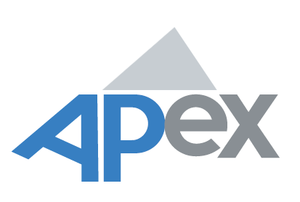ANLY482 AY2017-18T2 Group30 Project Overview
| HOME | ABOUT US | PROJECT OVERVIEW | EDA | BUSINESS OBJECTIVES | PROJECT MANAGEMENT | DOCUMENTATION | MAIN PAGE |
Project Overview
Motivation
Having published various content types over the years, XYZ company knows what posts perform well and what doesn’t. However, monitoring content engagement over different platforms such as Facebook, YouTube, Instagram and their blogs can be highly complex due to the nature of the posts such as timing, content type, authors.
As such, they would like to perform a holistic, cross-platform analysis to quantify and investigate the causes of virality. In addition, they learned that Facebook has recently changed ranking algorithms for posts in December 2017. Specifically, posts that encourage sharing and commenting to participate in competitions will be downgraded in rankings. XYZ company would like to investigate the impact of this change on their Facebook outreach, and if possible, provide recommendations.
Objectives
Milestone 1 Objectives
- Gather all available data from XYZ Web hosting company across platforms to evaluate possibility of cross-platform social media engagement analysis
- Conduct preliminary analysis on all datasets to discover possible insights to deliver
- Synthesize data from all platforms (Facebook, Blog, Instagram, YouTube)
- Investigate impact of Facebook’s algorithm change on XYZ company’s post engagement rates
Milestone 2 Objectives
- Determine how the change in Facebook algorithm affect the videos / post engagement
- Determine which are the types of facebook videos that has high drop out rates
- Determine which are the youtube videos and series that are performing better
- Determine the golden ratio that would best serve as a guideline that reflects organic engagement
Data
XYZ will provide us with social media insights data from various platforms (Facebook, Instagram, YouTube, Blog) for the period of January 2017 to December 2017. As of the time of proposal submission, we have only received data for Facebook and YouTube.
Methodology
| Step(s) | Stage | About |
|---|---|---|
| 1 | Data Collection | We will use the data provided to us by our project sponsor exported from FaceBook Insights, YouTube Analytics. The data comes in the format of Microsoft Excel. |
| 2 | Data Preparation | As the exported data comprises of multiple tabs and columns in multiple excel files, such as post level or video post, we will attempt to organize the data into consistent formats that are easier for our analysis especially when evaluating cross-platform social media engagement. We will also need to mask confidential information such as the company’s staff names as required by the project sponsor. |
| 3 | Exploratory Data Analysis | We will examine the entries of the various social media platform for the same campaign. From here, we will be able to discover possible insights to deliver to our sponsors, for example to find out which social media platform is most suitable for video or blog posts. |
| 4 | Data Cleaning | To ensure accuracy of our model, we will identify missing values and outliers that are observed during the previous stage. We will go through these missing values separately and decide on how we should handle it (whether by replacing with the average value or simply remove the entire row). As for handling outliers, we will try attempt to analyze and come up with a reason for the outlier and see if it will affect our analysis. |
| 5 | Data Normalisation and Transformation | To better cater the data to our needs, we will perform data transformation to transform some of the columns into rows and transforming between categorical and numerical variables so that we can better analyze the data. If the values in certain attributes varies too much, we will normalize these attributes to ensure that the analysis will be accurate. |
| 6-8 | Data Modelling | We will develop an analytical software application if necessary, using software like SAS or JMP Pro. |
